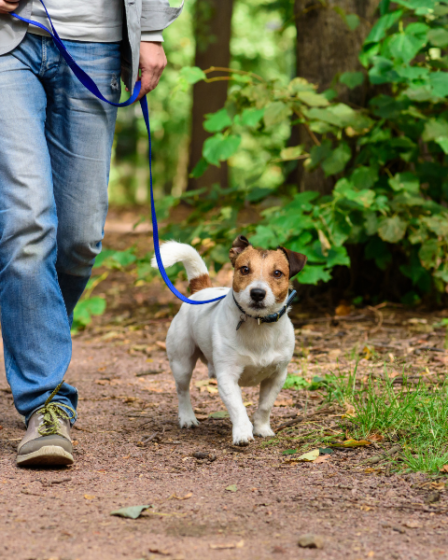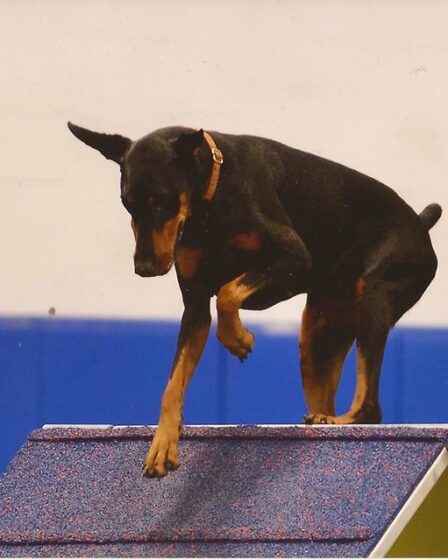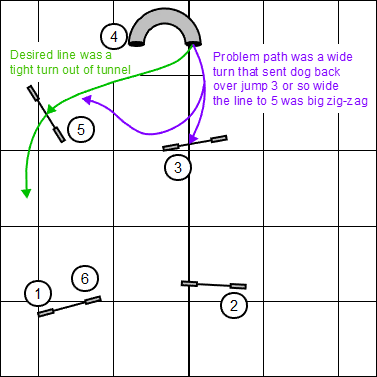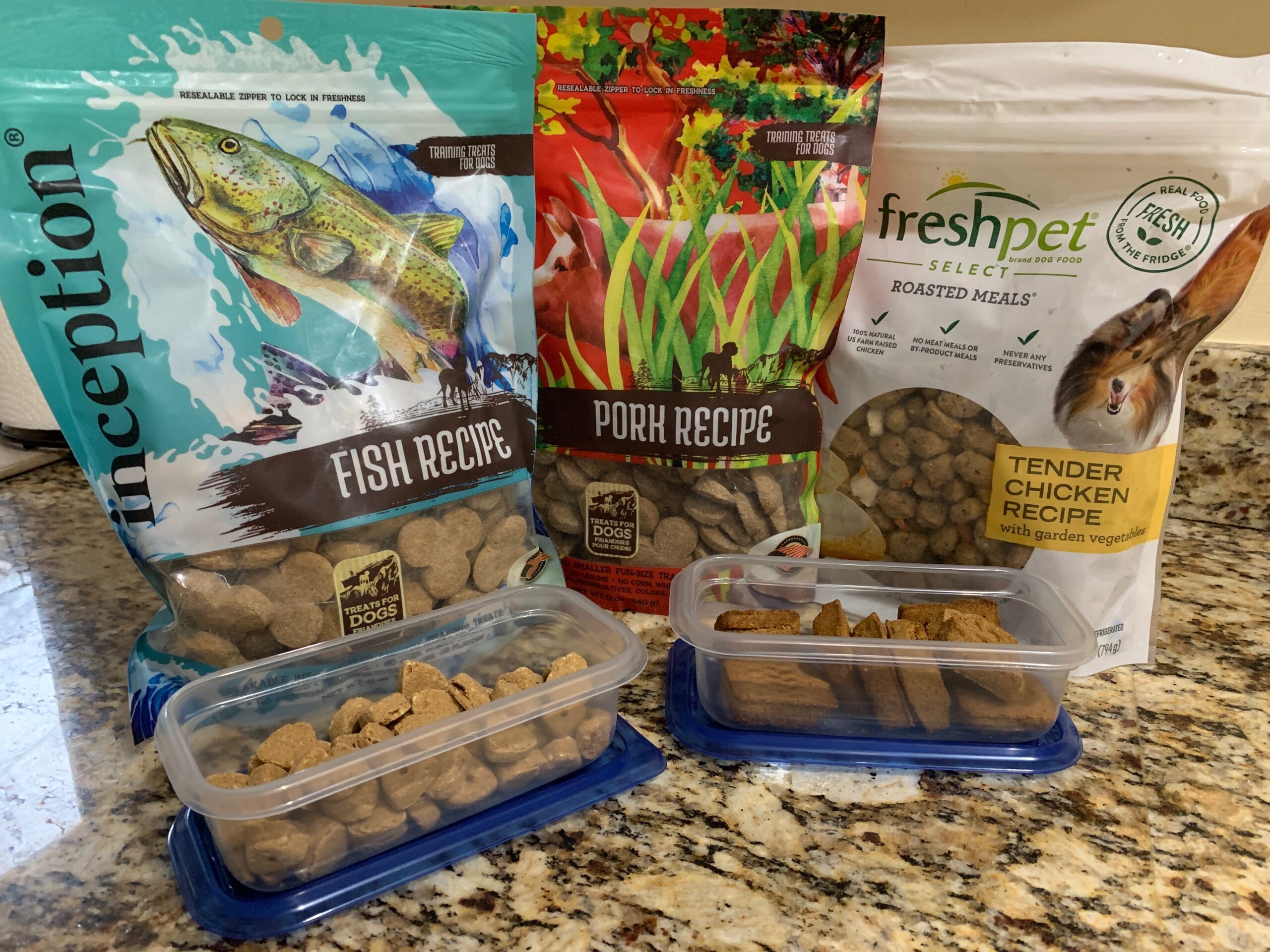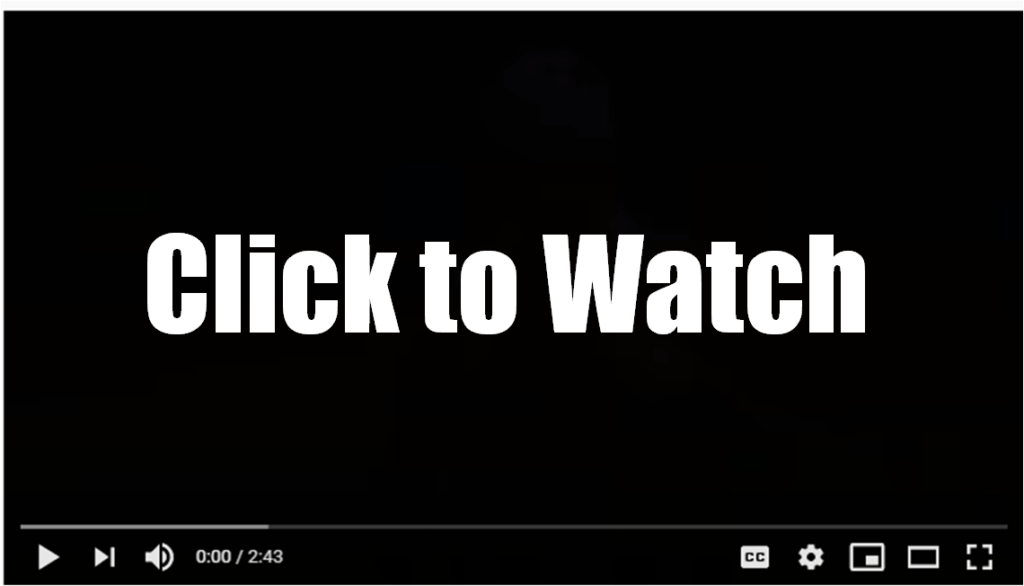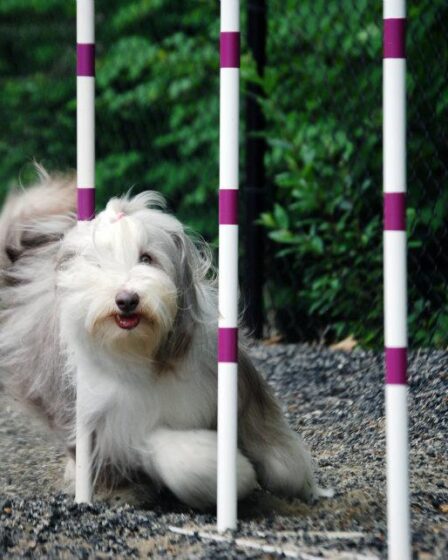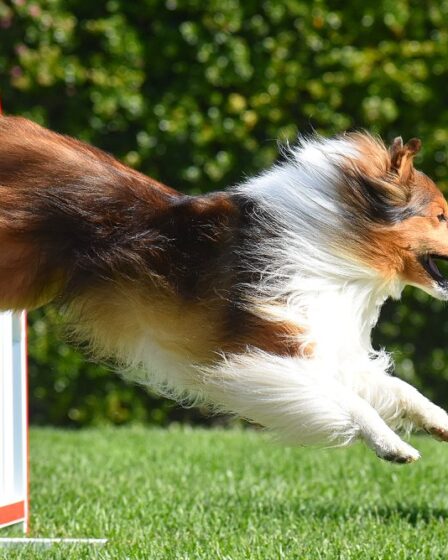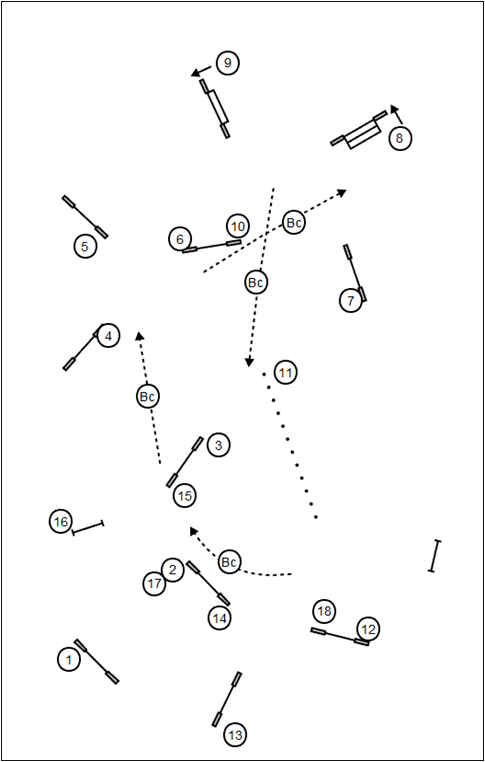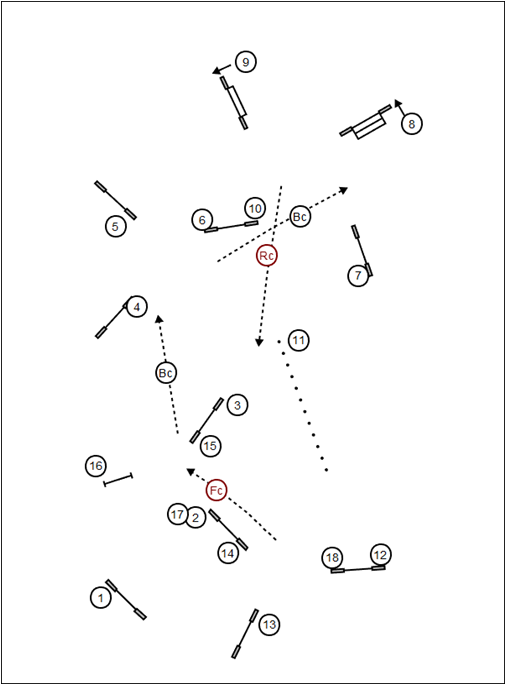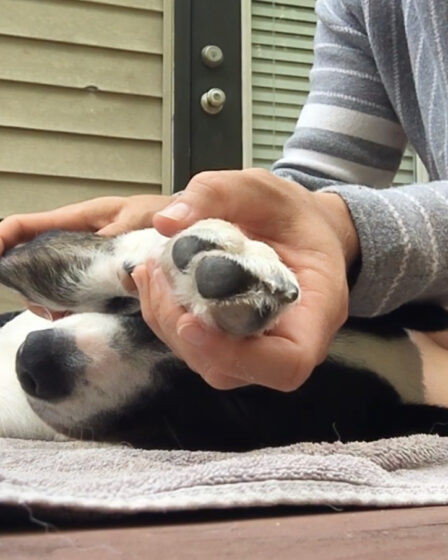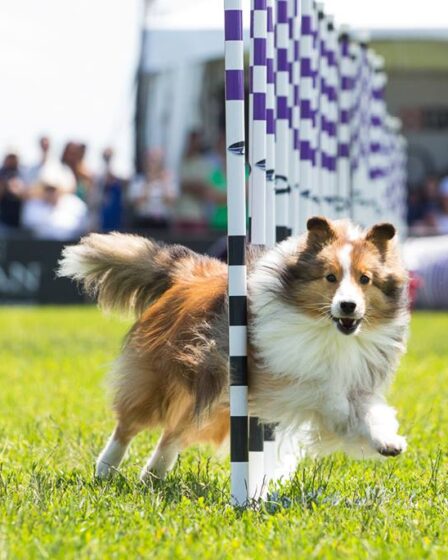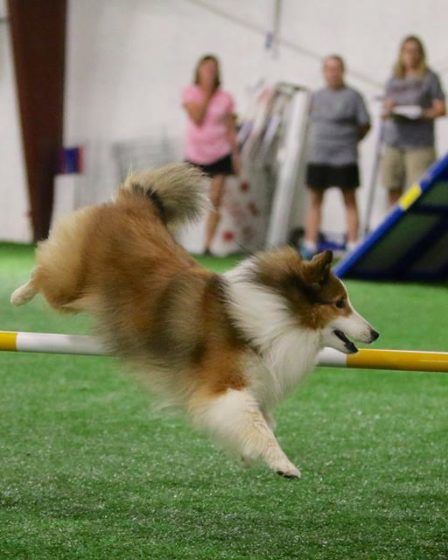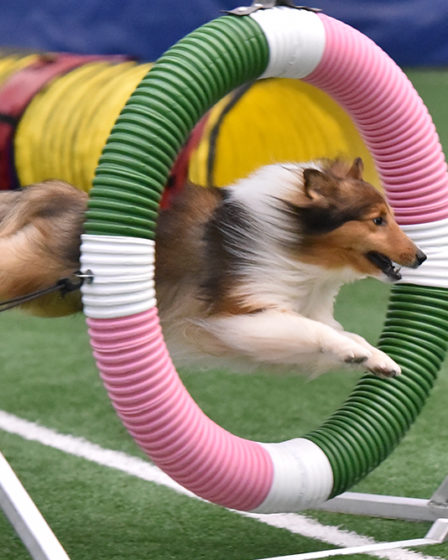The Agility & Beyond Book Club is reading Canine Enrichment for the Real World by Allie Bender and Emily Strong. It’s an excellent book with lots of ideas on how to enrich our dog’s lives. After using their ideas for several months, we have several product and activity recommendations for agility handlers and their dogs.
As an agility instructor and competitor, my dogs are always out-and-about. We travel weekly to multiple training buildings and have our own agility field in the backyard. We also do daily walks, many of which are off-leash in the state forests. But, I know my dogs need more than agility training and walks to live a fulfilling life. It was during rain days or recovery days (aka Diane’s office day) that I felt my dogs would benefit most from enrichment games and toys. So, I purchased a few new toys to test out – some keepers, some got adopted out.
Puzzle Games
Most were just way too simple for my dogs. For the dollars, I needed one or two that they had to work at for more than a minute! For the shelties, the Hide-n-Slide by Outward Hound is a big hit. With pieces that have to be moved separately, it takes awhile and is never quite the same day-to-day. The dogs also like the Brick Puzzle by Outward Hound, since it also has multiple ways to use, though the loose pieces got dragged around a bit. I didn’t like the Outward Hound Smart Puzzle for the same reason. Some of the puzzles with locks didn’t appeal since the connection between the lock and the drawer pull didn’t seem obvious enough.
Meal Time Games
I also purchased a few slow feeders to make meal time a bit more challenging. Their favorite – by far – is the snuffle mat. There are lots of these available in different sizes; however, they can frustrate my dogs more than entertain. Rolling their kibble into a small towel or scattering treats around a small area or in their crate worked just as well. Another favorite is the treat ball that’s actually an egg shape! The AIBOONDEE treat ball has amused both Zabu and Bazinga for months now.
Enrichment is not simply Entertainment
We have incorporated a few of the author’s ideas, and believe that this book should be a best seller for dog owners. We have been recommending it to everyone! However, with agility dogs in particular, the dog-handler relationship is well developed from consistent training. Enrichment for these dogs requires more interactions with the handler than toys and solo games. I work hard to develop and maintain a strong relationship with every one of the dogs. Spending quality time with my dogs takes work, but is well worth the investment. Enrichment is more than just keeping your dog busy!
Interactions outside of agility improve our relationship with our teammates. We define enriching interactions as being engaged with each other in a stress-free activity. Walks, trick training, toy games, nosework, snuggles-n-cuddles and many other daily interactions can be embedded into each day. Even Kenzie, my 13 year old border collie, wants to learn new tricks, go new places to hike, and play with me. Many solo enrichment activities lack the interactions that benefits a dog’s social and emotional wellbeing. We’ve found that using enrichment toys or games is best balanced with quality time and interactive activities. We aren’t looking to simply entertain our dogs; we are looking to improve their overall well being and our bond with our four legged teammates.

